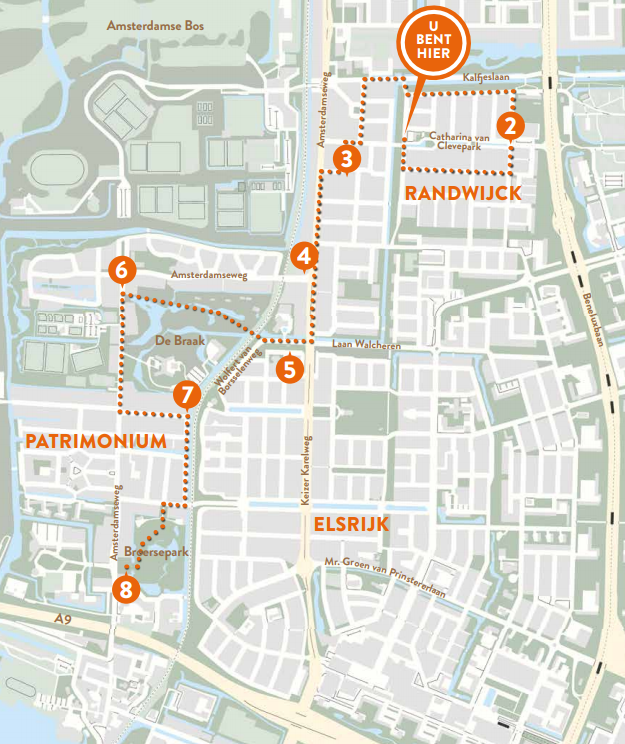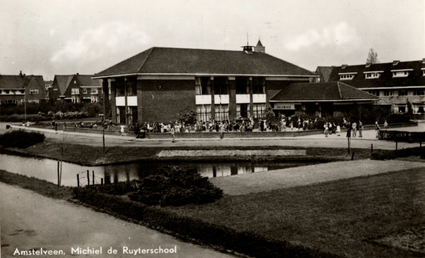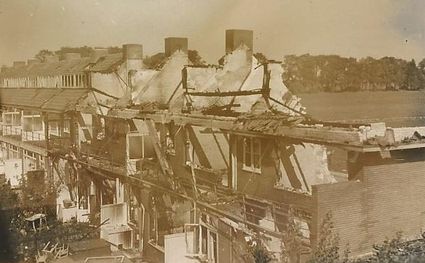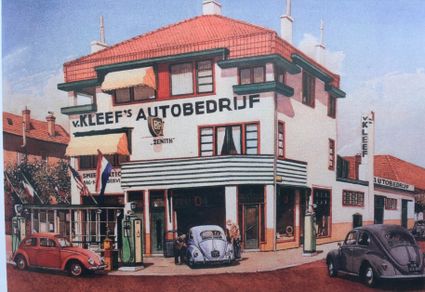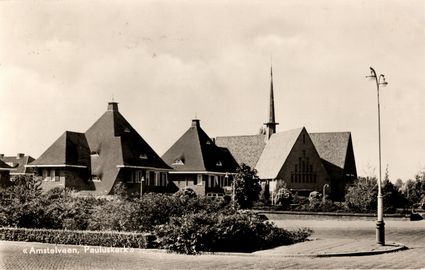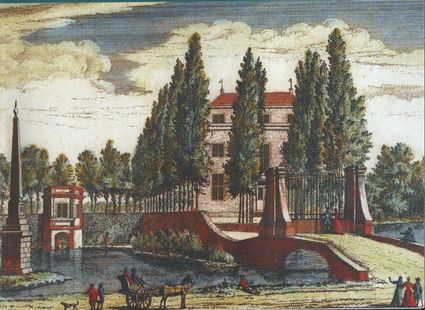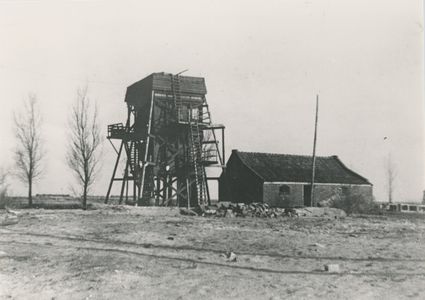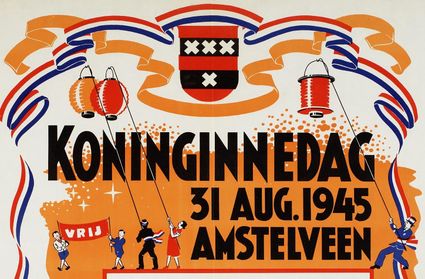Traces of the Second World War: Randwijck – Elsrijk – Patrimonium
Open the route in Google Maps
In the 1920s, Amstelveen decided to build new neighbourhoods on its border with Amsterdam. As a result, the village attracted wealthy citizens to the tranquillity of the still rural Amstelveen. Ornate houses were built in the typical style of the Amsterdam School of architecture and there was plenty of greenery everywhere. At the end of the 1930s, the oldest ‘heempark’ (botanical garden) in the Netherlands was created here: De Braak.
Commuter city
The plan worked; the population grew. Amstelveen became a commut…
Open the route in Google Maps
In the 1920s, Amstelveen decided to build new neighbourhoods on its border with Amsterdam. As a result, the village attracted wealthy citizens to the tranquillity of the still rural Amstelveen. Ornate houses were built in the typical style of the Amsterdam School of architecture and there was plenty of greenery everywhere. At the end of the 1930s, the oldest ‘heempark’ (botanical garden) in the Netherlands was created here: De Braak.
Commuter city
The plan worked; the population grew. Amstelveen became a commuter town. Newcomers often continued to work in Amsterdam, but lived in the chic garden villages of Randwijck and Elsrijk. As a result of the stock market crisis, the main focus was on housing for the rich citizens who wanted to leave the city. For workers, Patrimonium built a neighbourhood on the edge of the Amsterdam Forest.
World War II
Reminders of the Second World War can be clearly seen in the neighbourhoods of Randwijck, Elsrijk and Patrimonium. These streets and blocks experienced planes and bombs coming down during the war years. Jewish residents held services in a synagogue in the Randwijcklaan from 1938 onwards. There is a monument to honour those who were deported and murdered.
Resistance and collaboration
Randwijck was known as the ‘Black Village’ in the late 1930s. It had the highest percentage of voters for the fascist NSB (National Socialist Movement) party in the Netherlands. During the war Randwijck and Elsrijk became an area of strong resistance against the occupation. Due to its proximity to Schiphol, Amstelveen was of strategic importance. Many German officers and several army units were stationed here. There were gun turrets for the defence of the airport and bunkers were built in the middle of residential areas.


